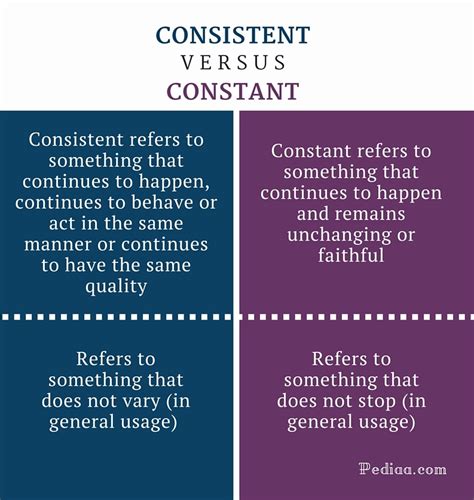Optimize strength? How to break training plateaus for peak performance?

Decoding the Training Plateau: Why Progress Stalls
Every dedicated fitness enthusiast eventually encounters the dreaded training plateau. It’s that frustrating phase where your strength gains halt, your lifts stop increasing, and your body seems to resist further adaptation, no matter how hard you push. While disheartening, hitting a plateau is a natural part of the fitness journey and often a sign that your body has effectively adapted to its current stimulus. The key to peak performance isn’t avoiding plateaus, but understanding them and knowing precisely how to shatter through.

The Science Behind Stalled Progress
Before we can break a plateau, we must understand its roots. Your body is an incredibly adaptive machine. When you consistently expose it to a specific stress (e.g., lifting a certain weight for a certain number of reps), it adapts to become more efficient at that task. Eventually, that stimulus is no longer enough to trigger further physiological change. Common culprits include:
- Lack of Progressive Overload: Not consistently increasing the demand on your muscles.
- Overtraining/Under-recovering: Too much stress without adequate rest can lead to fatigue and stagnation.
- Nutritional Deficiencies: Insufficient calories, protein, or micronutrients to support growth and recovery.
- Poor Sleep Quality: Sleep is crucial for hormone regulation and muscle repair.
- Monotony: Repeating the exact same routine endlessly can lead to adaptation and boredom.
- Suboptimal Technique: Inefficient form can limit strength expression and increase injury risk.
Strategies to Shatter Training Plateaus
Breaking through a plateau requires a multi-faceted approach, often involving a tweak to one or more of your training, nutrition, or recovery variables. Here are proven strategies:
1. Master Progressive Overload Variation
Progressive overload isn’t just about adding more weight. It’s about continually increasing the demands on your body in various ways:
- Increase Load: The most obvious, but often the hardest at a plateau. Make small jumps.
- Increase Volume: More sets or reps (within reason) can stimulate new growth.
- Increase Frequency: Training a muscle group more often.
- Increase Time Under Tension (TUT): Slow down the eccentric (lowering) phase of an exercise.
- Decrease Rest Periods: Shorter rests between sets can increase intensity and cardiovascular demand.
- Improve Exercise Technique: Better form allows you to lift more effectively and safely.

2. Implement Periodization and Deload Weeks
Structured training cycles (periodization) prevent overtraining and ensure consistent progress. A deload week, where you significantly reduce volume and/or intensity, allows your body to recover fully, repair tissues, and come back stronger. Don’t fear deloads; they are a powerful tool for long-term progress.
3. Optimize Your Nutrition and Hydration
Your diet is the foundation of performance. Are you eating enough to support muscle growth and recovery? Are you getting adequate protein, healthy fats, and complex carbohydrates? Consider:
- Caloric Intake: Ensure you’re in a slight surplus if strength is your primary goal.
- Protein Intake: Aim for 1.6-2.2g per kg of body weight to support muscle repair.
- Micronutrients: Don’t overlook vitamins and minerals from whole foods.
- Hydration: Dehydration significantly impairs performance and recovery. Drink plenty of water throughout the day.

4. Prioritize Recovery and Sleep
Muscles aren’t built in the gym; they’re built during recovery. Aim for 7-9 hours of quality sleep per night. Incorporate active recovery (light cardio, stretching, foam rolling) to improve blood flow and reduce soreness. Stress management is also key, as chronic stress can elevate cortisol, hindering recovery and muscle growth.
5. Introduce Training Variety and New Stimuli
Sometimes, a completely new approach is necessary. This could mean:
- Swapping Exercises: If your bench press is stalled, try dumbbell presses or dips for a few weeks.
- Changing Rep Ranges: If you always train in the 5-8 rep range, try 3-5 for strength or 10-12 for hypertrophy.
- Altering Training Splits: Switch from a body part split to a full-body or upper/lower split.
- Incorporating New Modalities: Try strongman training, plyometrics, or resistance band training to challenge your muscles in different ways.

6. Refine Your Technique and Engage the Mind-Muscle Connection
Often, a plateau isn’t about strength but about efficiency. Video yourself lifting to identify weaknesses in your form. Focus on the muscle you’re trying to work, consciously contracting it throughout the movement. Better form often translates to greater strength and reduced injury risk.
The Mental Game: Patience and Consistency
Breaking a plateau requires patience, persistence, and consistency. Don’t jump from strategy to strategy too quickly. Give each new approach a few weeks to take effect. Track your progress diligently in a logbook – slight improvements in reps, sets, or form are still progress. Celebrate small victories and remember that plateaus are temporary roadblocks, not dead ends.

Conclusion: Your Path to Peak Performance
Training plateaus are inevitable, but they are also incredible opportunities for growth and learning. By understanding the underlying causes and implementing strategic changes in your training, nutrition, and recovery, you can not only break through these barriers but also unlock new levels of strength and achieve peak performance. Stay dedicated, stay smart, and enjoy the journey of continuous improvement!









